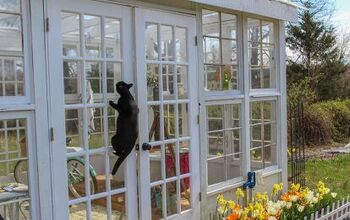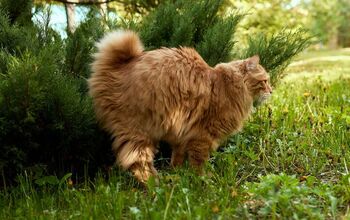Whether you’re planning an epic road trip, a family vacation, or simply need to transport your pet for a vet appointment, traveling with a pet always requires careful planning and preparation. Many guides are available, sharing tips and tricks for traveling with dogs and cats, but what about the many other pets we share our hearts and homes with?From choosing the right carrier to ensuring your pet is safe and comfortable throughout your adventure, we’ve thought of it all. This guide will provide essential tips for stress-free travel with your small animal or reptile.Do Reptiles or Small Animals Like Traveling? Before planning your big adventure with your pet by your side, take a moment to ask yourself an important question – will your pet be comfortable traveling? The answer to this is going to vary from pet to pet. While some are comfortable in new environments or around people they don’t know, others will find this experience incredibly stressful. Excess stress can harm your pet’s health and well-being. It has been associated with a weakened immune system, gastrointestinal problems, an increased risk of heart disease, and skin issues. It’s also considered the root cause of many common behavioral problems. If you know that traveling will likely trigger stress or anxiety in your pet, you may want to reconsider your plans. It may not be in their best interest to join you on your next vacation or getaway. Instead, find a reputable pet sitter to care for them while you’re gone in the comfort of their own home. However, there are also situations where this may be unavailable. For example, if you are moving to a new home, your pet will have to make the trip. You may not be able to eliminate all stress, but you can focus on making the situation as comfortable as possible with the following tips and tricks. What is the Best Way to Transport a Reptile? We don’t often see reptiles traveling with their people, and this is for one clear reason – even when a reptile is being transported, the best way to do it is in a secure container that minimizes their outside exposure. Reptiles are far more sensitive to temperature changes than most other pets. Keeping them in a secure but well-ventilated container allows you to maintain as stable a temperature as possible throughout your travels. Before heading out, check the weather. Will you be navigating hot summer temperatures or the cold of winter? Prepare to address these problems in advance by using heat packs or insulating the container they will be traveling in. Introduce your reptile to the container days or even weeks before your trip. Start with very short periods in the container and work up over time, allowing them to get used to being there. This isn’t a quick process, but it will help to lower stress levels during your travels. If traveling with a snake, you can also use a breathable snake bag or secure pillowcase to help them feel safe and secure. What is the Best Way to Transport a Small Animal? The term “small animal” refers to a wide range of animals, each with their own needs. This can significantly impact the best way to travel with your pet. The smallest of our beloved pocket pets, like mice and hamsters, should be transported in a secure cage or carrier. The size and style of the carrier will depend on how you are traveling and the length of your trip. For example, a flight-approved carrier has strict rules you will need to consider. However, if you’re taking a road trip with your pet and have space in your vehicle, you could even transport your pet in a standard cage or habitat, like the Kaytee CritterTrail Simple Start Habitat. These small enclosures may not offer the recommended long-term living space, but they are a great option for traveling in style. Another small animal carrier that is highly recommended is the Kaytee Come Along Carrier. Pay careful attention to anything in the cage/carrier that could be knocked over or thrown around if you are forced to hit the brakes. Secure the carrier or cage where possible to keep it from being thrown in an accident. A sheet or blanket can be placed over the carrier to reduce outside stimuli and create a more comfortable environment, but be sure that proper ventilation is maintained. Consider adding something familiar, like a favorite toy or blanket when setting up the cage or carrier. For some pets, a piece of your clothing, like a t-shirt you have worn with your scent, is also comforting and can help reduce stress. Larger small animals, like rabbits or ferrets, may also be comfortable traveling in a backpack or carrier designed for cats or small dogs. Ensure they will be secure in the carrier with no risk of escape. Even well-behaved pets used to being carried around at home may panic in an unfamiliar situation and try to make a run for it. Harness training your pet before your travels will allow you to add another level of safety and security. Are Reptiles and Small Animals Allowed on Planes? Yes, but with limitations. Many airlines will allow reptiles and small animals to be transported by air. However, most require that these animals be secured in the cargo hold during the flight. You will need to check with the specific airline for requirements in terms of carrier size and other steps for security to avoid your pet escaping and being lost. Some airlines will allow specified small animals to travel in the cabin. For example, Frontier Airlines allows rabbits, guinea pigs, and hamsters to be “carried on flights within the United States for a one-way directional charge.” If you are traveling internationally, only cats and dogs are permitted in the cabin. Pet policies are constantly changing and evolving. To ensure your pet will be welcome on the plane with you, contact the airline you are considering flying with and ask for their most up-to-date rules and regulations to determine what pets are permitted and the carrier requirements.
























